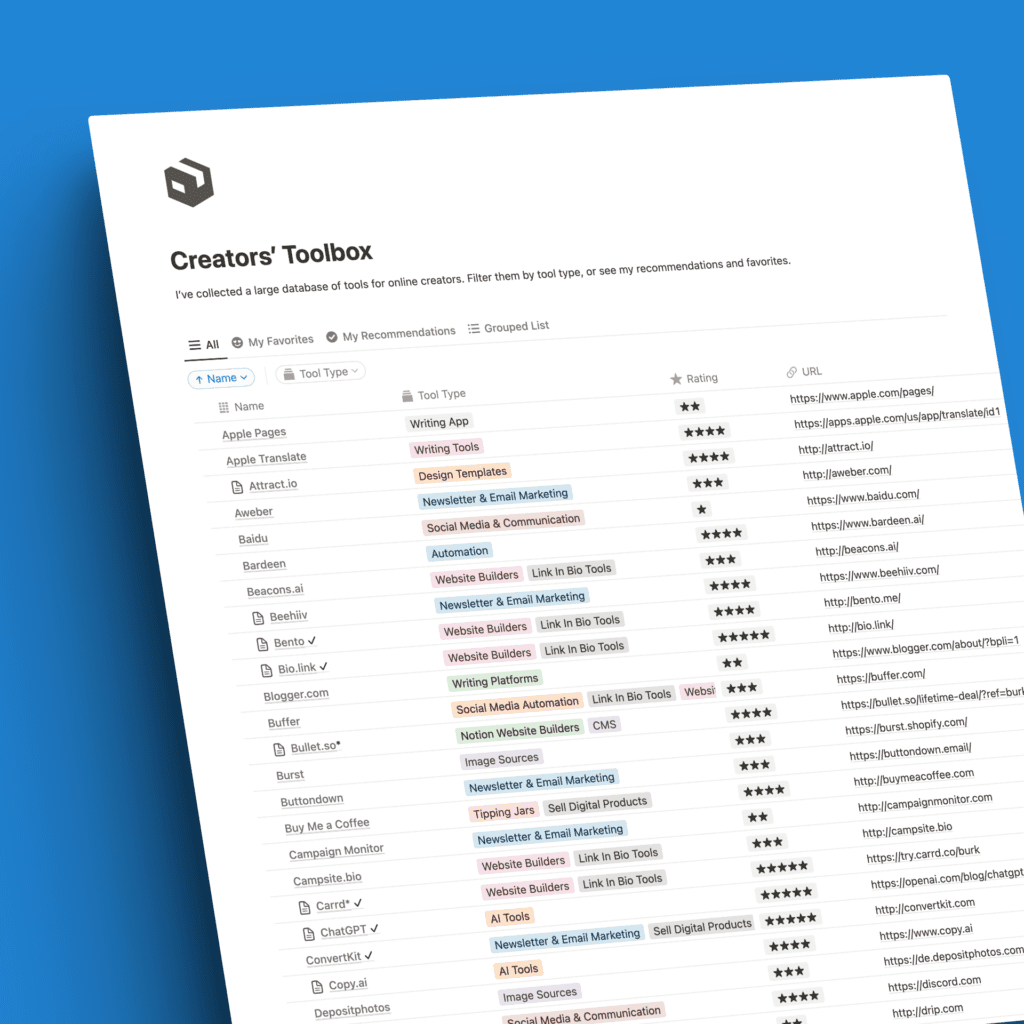A 2019 report by Morgan Stanley suggests the following mind-blowing numbers.
45% of working women between the ages of 25 and 44 will be single & childless by 2030 in the US.
Notice that I said working women because this is the crucial detail. The numbers exclude women from ages 25 to 44 that do not work, in other words, stay-at-home not-yet wives, unemployed women, as well as (I assume) students, and other groups like the chronically ill or disabled.
Nevertheless, 45% of the rest is still a heck of a lot.
With that realization, 3 immediate questions came to mind:
- What about men?
- What are the numbers right now?
- Who’s to blame?
Let’s explore the answers.
#1 What about men
To begin with, the report proposes these statistics for women. In turn, they also affect men, of course. With the rise of single women, the number of single men is growing as well, logically. In fact, they might grow at an even higher rate in the future. You’ll see why in a minute.
Interesting is the perception of this suggested statistical increase in single people in the very near future.
While Psychology Today calls the increase in single ladies “Rise of Empowered, Single Women”, the increase in single guys is titled “The Rise of Lonely, Single Men”.
That infers the following conclusion:
“If a man is single, he is lonely. If a woman is single, she is empowered.”
But should this really be the correct distinction for this statistically significant, never-before-seen percentage of working-age single people in the USA?
Intermezzo #1
Let’s pause for a moment and digest that this proposed change is not a distant-future deal.
It’s not like population estimates for the year 2050 (which are bonkers by the way).
We’re talking 7 years and 3 months into the future. It’s also not limited to the US. Europe, at least Western Europe, is seeing a similar trend, so do other western countries.
That immediately led me to my next question.
#2 What are the numbers right now?
If 45% is expected for 2030 in the US, how are we doing right now?
In fact, numbers from 2018 aren’t far off. The US Census Bureau and Morgan Stanley calculated a percentage of 41% for 2018.
We’re already well up there.
#3 Who’s to blame?
To the nitty-gritty.
Before answering who’s to blame for this rise in single working-age women (and men), we must first ask ourselves: Is this even a bad thing?
Here’s where it gets interesting. Ellen Zentner, Chief U.S. Economist from Morgan Stanley comes to the following conclusion.
“These shifting lifestyle norms are enabling more women, with or without children, to work full time, which should continue to raise the labor force participation rate among single females. Rising labor-force participation rates should put upward pressure on women’s wages and help increase overall consumer spending.”
Good and bad, right? Upward pressure on women’s wages is good, an increase in overall consumer spending, not so much.
Why increased consumer spending?
According to MRI-Simmons research, women are the primary shoppers n 72% of US households. Kind of cliché but women do buy more, statistically speaking.
Intermezzo #2
Let’s back up a little.
What are the reasons for this rise of single working-age women?
I hate to jump on the bandwagon of trending anti-feminist arguments, but in this instance, there is a reasonable assumption there.
High expectations
A small group of mid-20s women when asked about their relationship expectations gave some thought-provoking answers (in a viral YouTube video that seemed to have been deleted now).
These young ladies expected their future male partners to earn anywhere between 80K to an incredible 400K+ a year. 6 figures was a common middle ground between the ladies.
Wow.
In contrast, average wages for men in their mid-20s to mid-30s only range from 40K to around 60K. Merely the top 5% of people were able to crack the desired minimum amount of 80K at that age range.
A side note: Recent statistics suggest that single, childless women out-earn single, childless men. In fact, they also out-earn men with children on average.
When you pair this with other answers from this little video survey, like a desirable height of 5’10 and more (6 feet preferably) or general remarks like well-groomed, well-dressed, stylish, good-looking, in shape, athletic, etc., we do see a few potential reasons for this rise in single ladies.
These expectations are not only hard to meet, they’re statistically improbable.
Only 5% of men earn “enough“, a height greater than 5’10 cuts that number in half easily, being in shape, athletic and good-looking takes another half away at least.
Where does this leave us? With 1 man for 10,000 women? That one is a lucky dude.
False interpretations
Now, this is all good and well, but what about the role of men in this? We’re not innocent either, right? We are not!
While height and looks can’t be taught and pay is largely out of our hands, other factors are not.
Being in shape, well-groomed, well-dressed, and well-mannered should be the default attributes. But they’re not.
Additionally, men suffer from unrealistic expectations as well. Stemming from over-consumption of porn, skewed ideal body images, or an overly strict focus on traditional roles and values, like wanting stay-at-home wives & mothers, preferring women with low “body counts”, or underestimating the need for equal opportunities and rights for each gender in and outside of relationships and marriages.
You know, all the things Andrew Tate talks about.
The bottom line
With 45% of women single and childless in 2030, how will this affect future birth rates, family structures, and the increase of single, childless elderly people down the line (if that trend continues)?
It’s not desirable to go back to the forced stay-at-home mom and working dad dynamic we used to have, but is it desirable to completely give up or delay family planning and marriage or partnerships?
As a father of 5, married to a wonderful woman who’d been staying at home for years and is now starting to join the job world again, I’m in the midst of the clash of the traditional family dynamic and modern-day life.
It isn’t easy to manage.
I can’t judge other situations. What I can say, however, is that bashing any of the choices isn’t doing any side good.
If a woman wants to be a stay-at-home mom, why shouldn’t she?
If another woman wants a career, why shouldn’t she?
And if a third woman tries to juggle both, more power to her!
That goes both ways too.
If a man wants to stay at home with the kids, why not?
If another man wants a career, why not?
And if the third man tries to juggle both, great!
By choice. Unforced.
This doesn’t fix the single-people issue, though. Let’s circle back to the inferred conclusion of the rise of single-people stories:
“If a man is single, he is lonely. If a woman is single, she is empowered.”
Do you agree?








